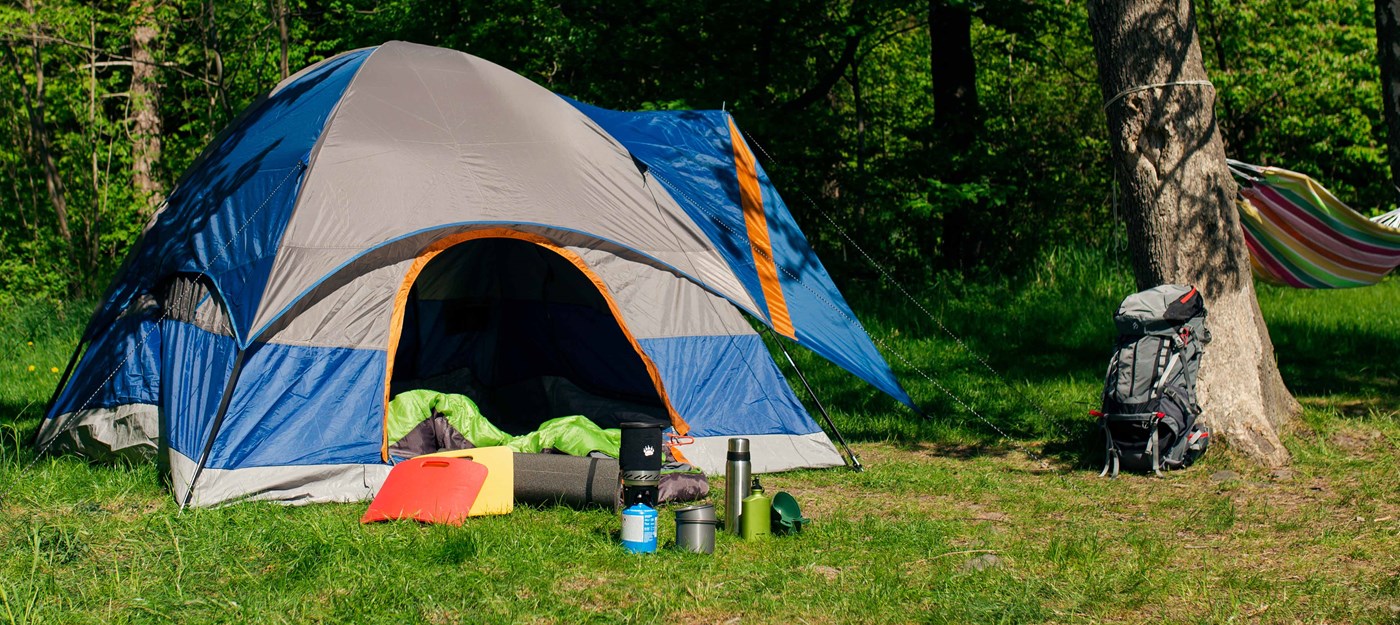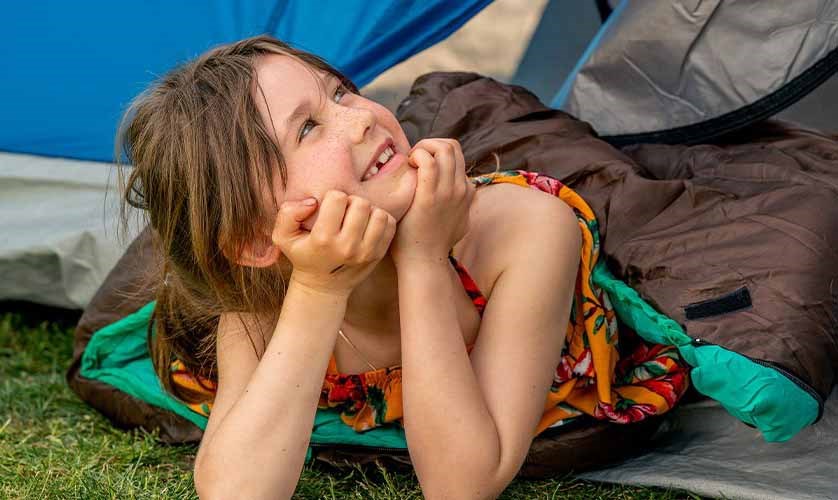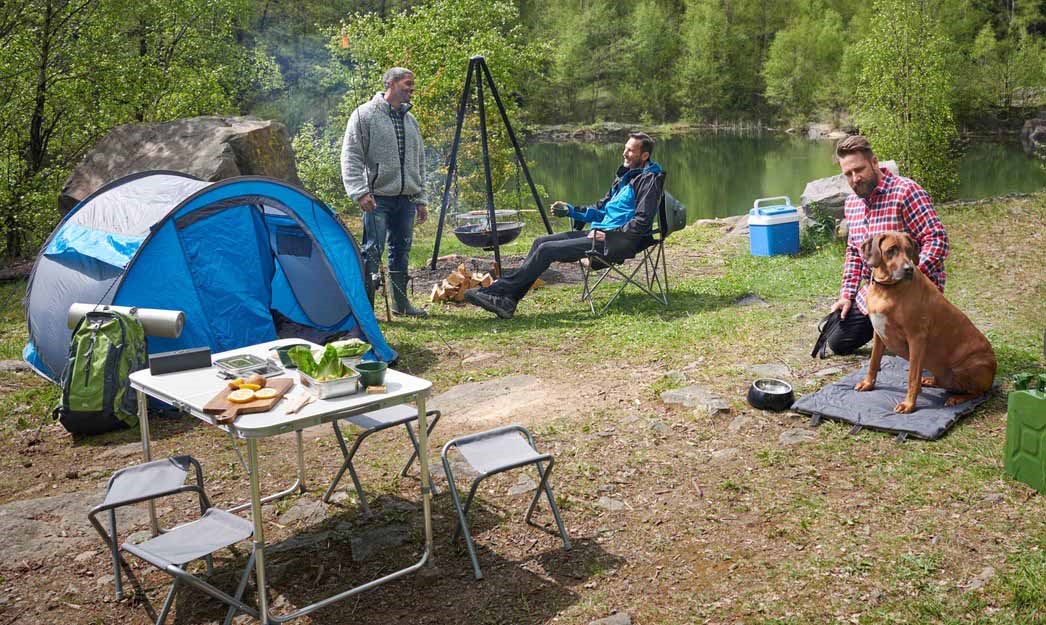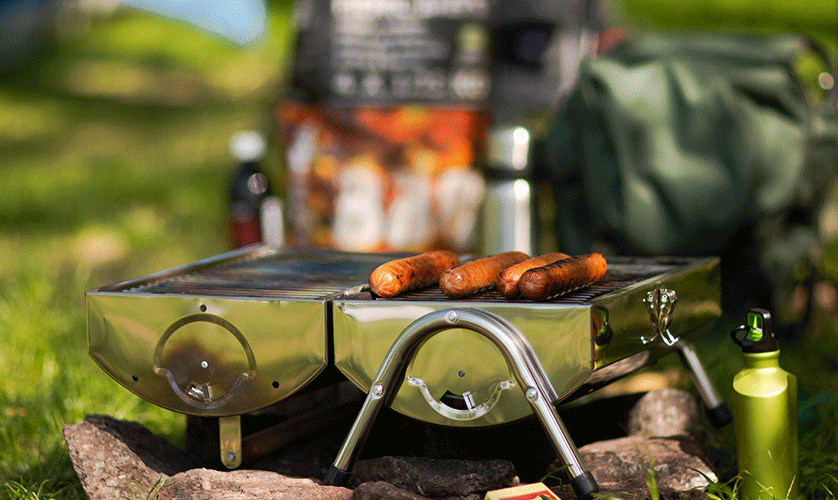Which sleeping bag should I choose?
A good sleeping bag when camping can really be decisive for whether it will be a successful trip or not. Because you don’t want to freeze or be too hot during the night. So, what should you consider when choosing a sleeping bag?
What sleeping bag do I need?
To answer this question, you first need to find out the night-time temperature where you will be camping. Because it is the temperature rating that distinguishes most sleeping bags.
You also need to take into account the weight of the sleeping bag and how much space you have for it. If you are going on a long hike, for example, it may be a good idea to have a lighter sleeping bag.
What temperature rating for the sleeping bag is best?
When starting from what night-time temperature your sleeping bag should cope with, you must make sure that your sleeping bag can handle a slightly lower temperature than the one you will actually be exposed to. It is always better to open up and ventilate the sleeping bag than to have to lie down and freeze. In general, women also need slightly warmer sleeping bags than men.
Cold nights
On cold nights, a tip is to use double sleeping mats, as the worst cold comes from below. That way you stay warmer.
Layers give you warmth
If you are going to sleep outdoors during the cold winter months, it may be a good idea to sleep in a double sleeping bag. Use a winter sleeping bag in combination with a summer sleeping bag, so you stay warm and comfortable all night. For optimal warmth, you should have a down sleeping bag closest to your body, and a synthetic sleeping bag on the outside.
You can also choose to supplement your sleeping bag with a fleece or wool sleeping bag liner. Or, for extra warmth, you can pull a sleeping bag cover over the entire sleeping bag.
Warm sleeping bags = heavier sleeping bags
As you may know, warmer sleeping bags are thicker and insulated, which of course means they are heavier and a little bigger. If you are looking for an ultralight sleeping bag, it will be colder, and thus better suited for summer camping.
European temperature scale EN13537
For a few years now, all sleeping bags are tested and labelled according to a standardised European system.
The temperature scale is divided into four different steps, to clarify what the different sleeping bag names mean for the user.
- Upper limit.
The upper temperature limit indicates the temperature at which you can sleep with clothes on without breaking a sweat. - Comfort.
The comfort temperature rating means you can sleep comfortably in a normal position. - Lower limit.
At this temperature, an average man can sleep for eight hours in the foetal position without waking up. - Extreme.
This temperature rating indicates the lowest temperature that an average woman can have for six hours without dying from the cold. However, frostbite may occur.
The temperature rating you should look for on the sleeping bag is the one called the ‘comfort’ temperature. It is the comfort temperature that indicates the temperature in which the sleeping bag can keep you warm and comfortable.
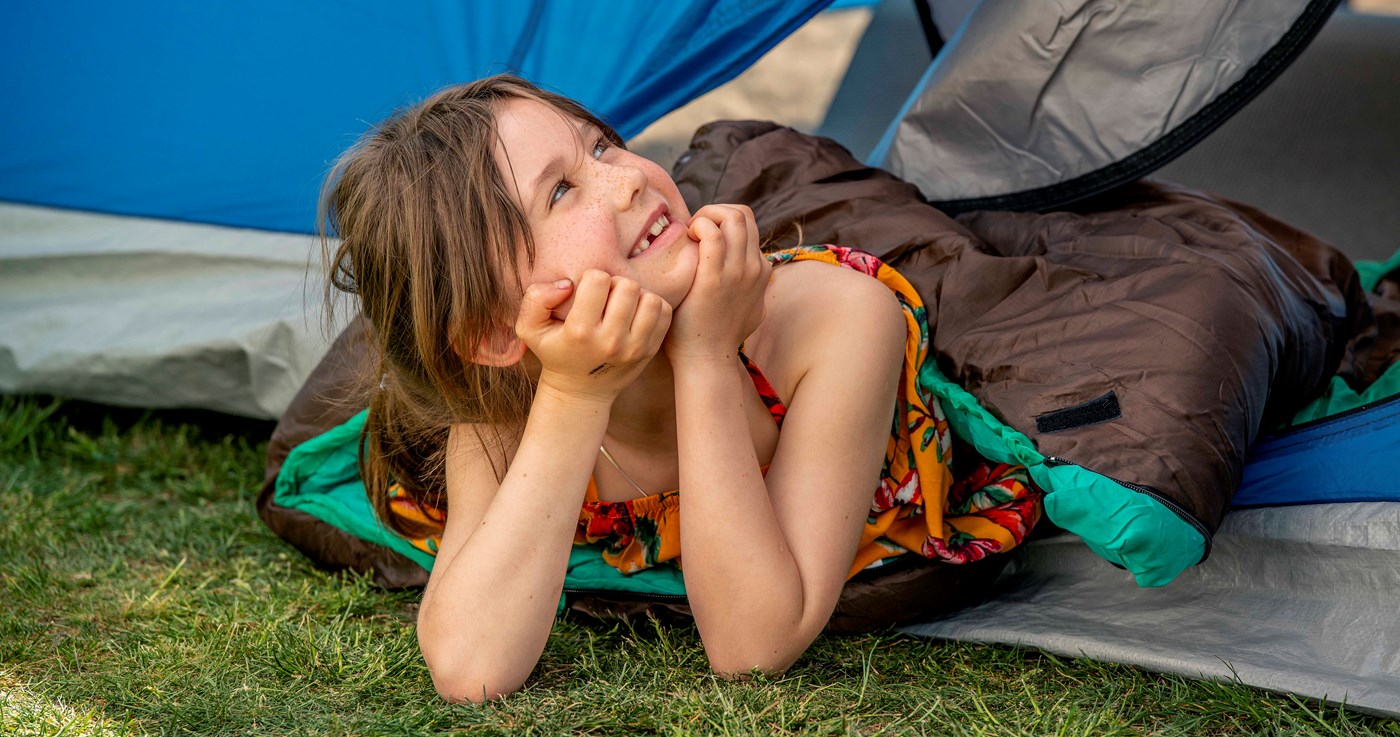
Choosing sleeping bag - Choose sleeping bag based on the outside temperature and physique.
Should I buy a down sleeping bag or synthetic sleeping bag?
There are both down sleeping bags and synthetic sleeping bags on the market. Which one you should buy depends on your needs, and the temperature at which you are going to camp.
Advantages of a down sleeping bag
- Keeps you warm at lower temperatures than a synthetic sleeping bag.
- Best insulation in relation to its weight.
- Takes up less space in your packing when compressed.
- Weighs less than a synthetic sleeping bag.
Advantages of a synthetic sleeping bag
- Dries faster than a down sleeping bag.
- Usually cheaper than a down sleeping bag.
- Better moisture-resistance than a down sleeping bag and therefore more practical in damp environments.
- Durable.
Washing your sleeping bag
For your sleeping bag to stay fresh and maintain its function, you need to wash it from time to time. But do not wash it too often – sometimes just airing out the sleeping bag after your camping trip is sufficient.
Always follow the sleeping bag’s washing instructions. Most sleeping bags can, however, be washed in a washing machine with mild detergent (do not use fabric softener), and benefit from either being allowed to air dry or dried gently in a tumble dryer.
If you have washed your down sleeping bag and want to dry it in a tumble dryer, make sure to run the machine on low heat. A hot tip is to tumble dry your down sleeping bag along with tennis balls. Then the down will be distributed more evenly and your sleeping bag will be fluffier.
Storing your sleeping bag
Your sleeping bag is best stored suspended in a dry area when not in use. You should not store your sleeping bag squeezed in its storage bag, as this is not good for the fill.

